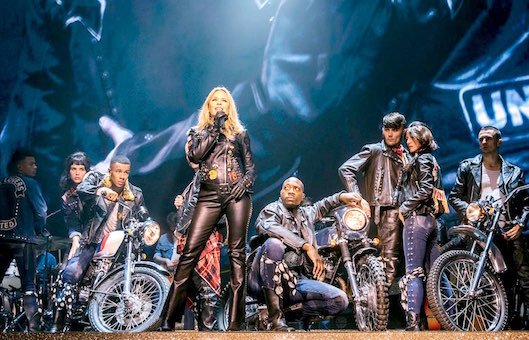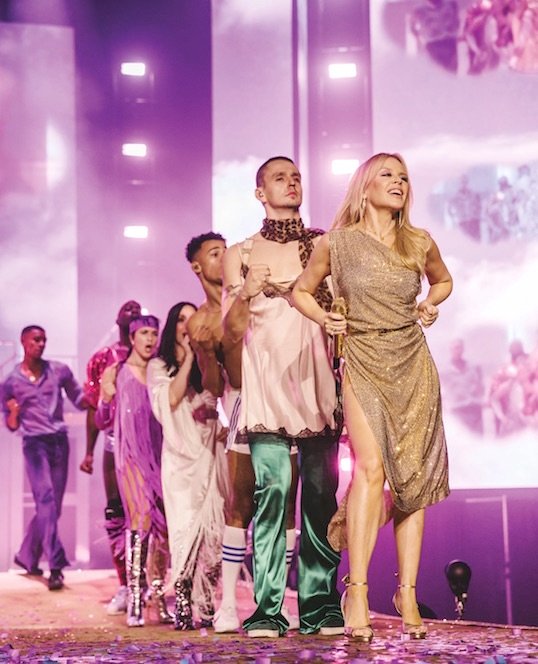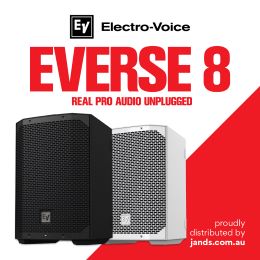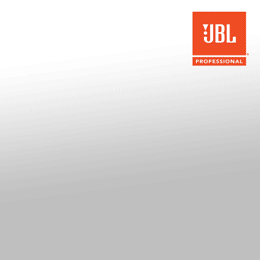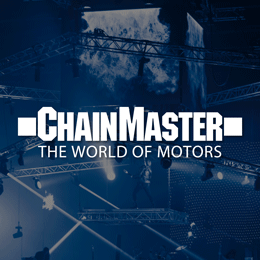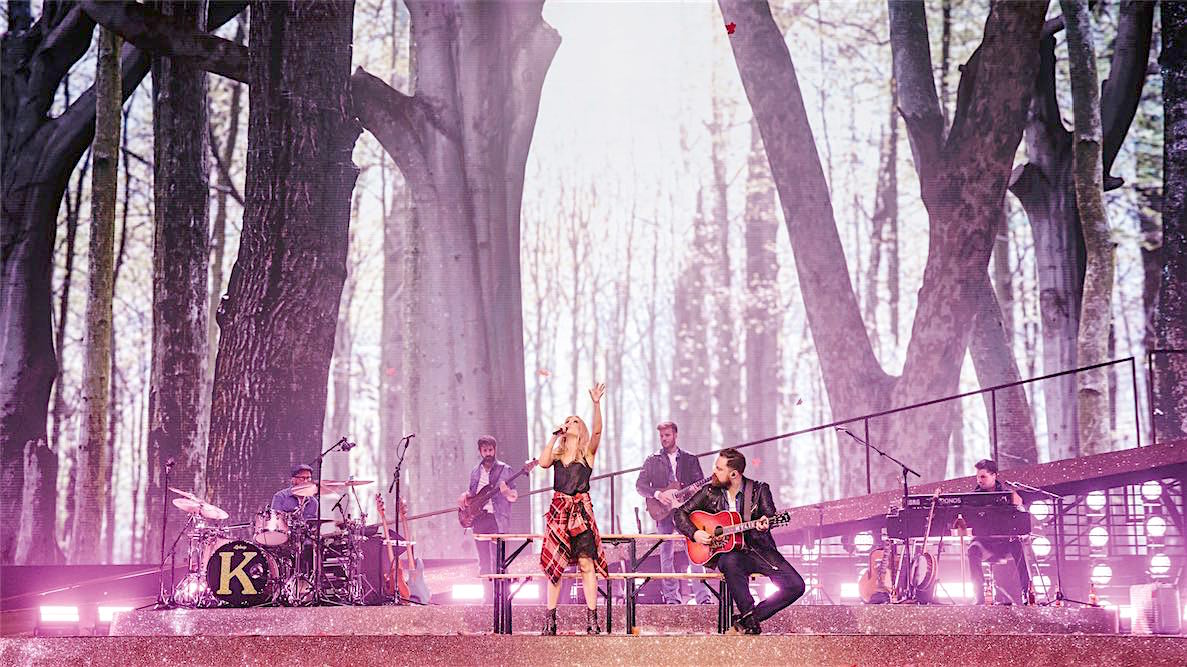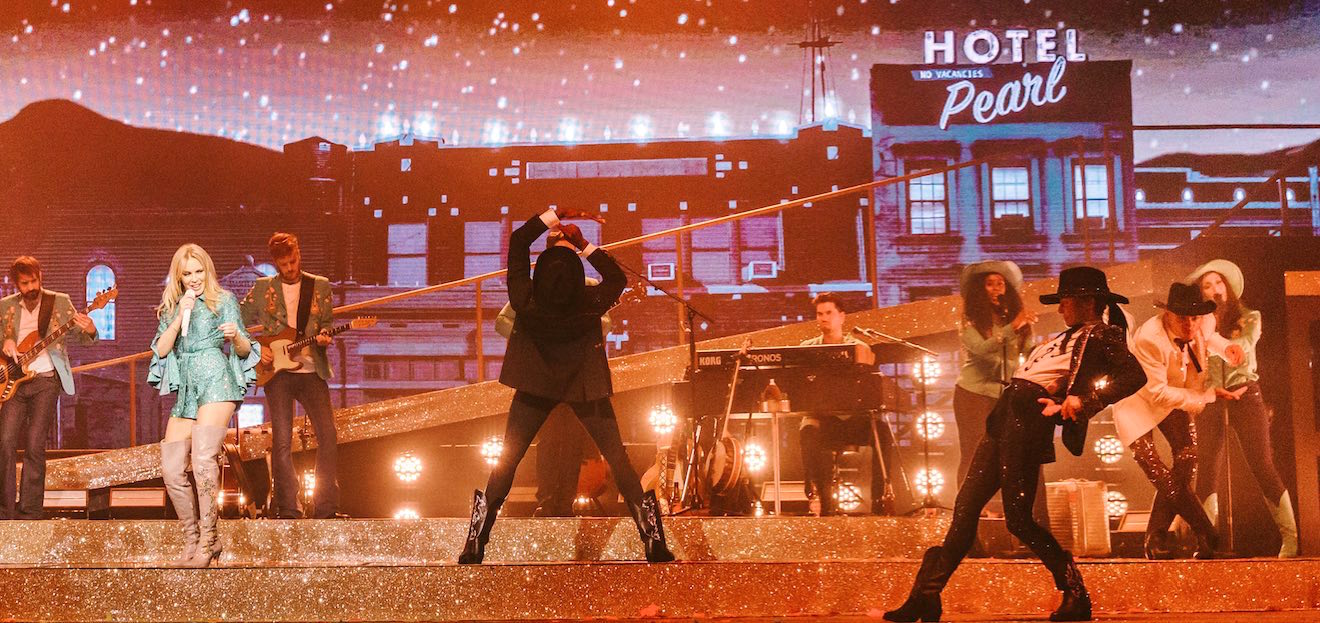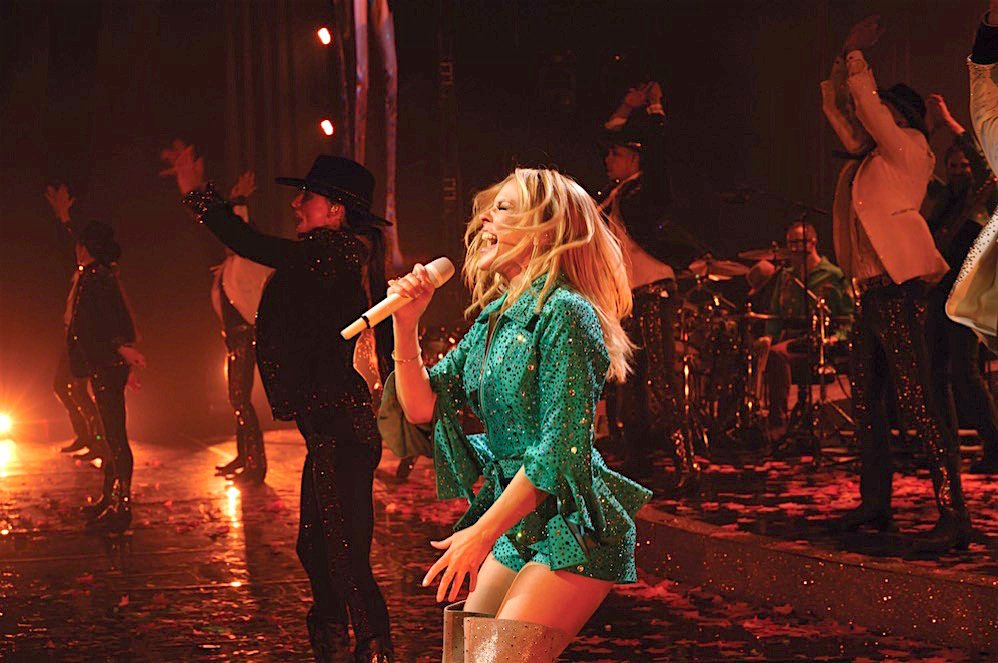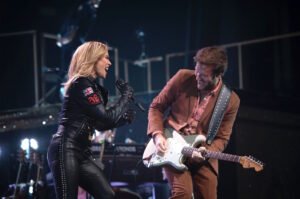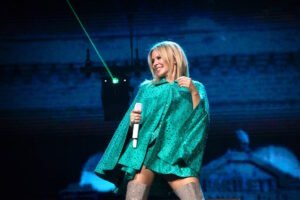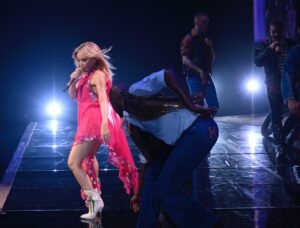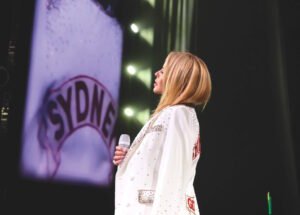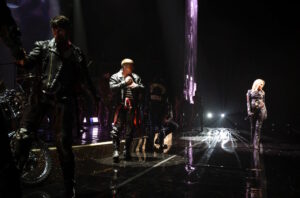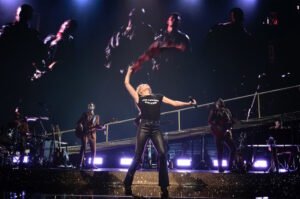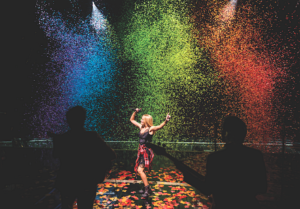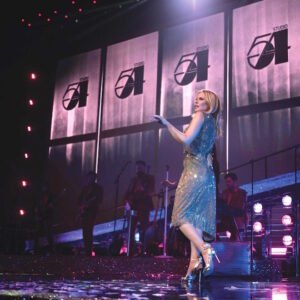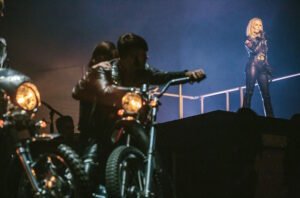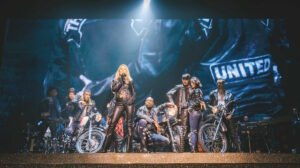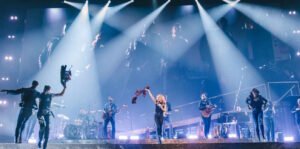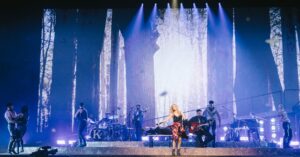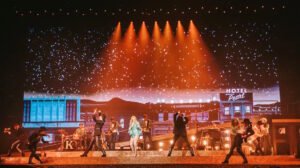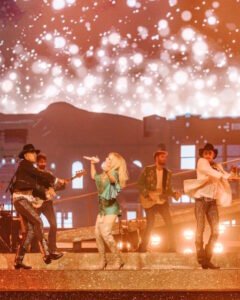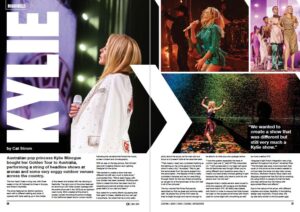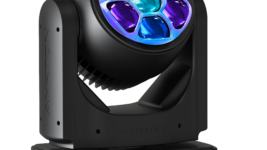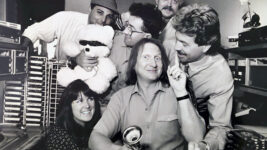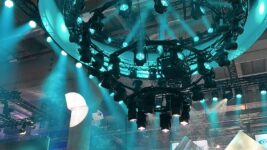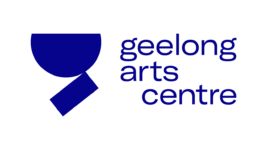Subscribe to CX E-News
ROADSKILLS
Kylie
by Cat Strom.
Photos: Andrew Whitton / Jasin Boland
Australian pop princess Kylie Minogue bought her Golden Tour to Australia, performing a string of headline shows at arenas and some very soggy outdoor venues across the country.
The tour hasn’t been a long one, with three weeks in the UK followed by three in Europe, and three in Australia. The show featured six distinct sections each with a different setting and style. It opened with Kylie waking up in the middle of the desert and ended with her dancing in Nashville.
The retro look of the show featured an enormous LED video screen upstage with the entire show set in the 1970s as an abstract road movie. Blink created all the show’s screen content shooting live action footage in the California desert and a London studio following the narrative that linked the music, screen content and choreography.
With an eye on the big picture, Rob Sinclair was both Creative Director and Lighting Designer for the show. “We wanted to create a show that was different but still very much a Kylie show,” commented Rob.
“We’re really happy with how Golden has been received. Working with Kylie to create the show has been hard but rewarding and almost entirely down to the great talent of our cast and team.”
Rob opted for a mainly Martin rig saying that their gear is cheap, reliable and you can get it anywhere. He noted that he is only really picky about the spots, as his main job and focus is to present Kylie at her absolute best. “That means I need very consistent lighting so the lighting on her is the same for the entire show in every city,” he added.
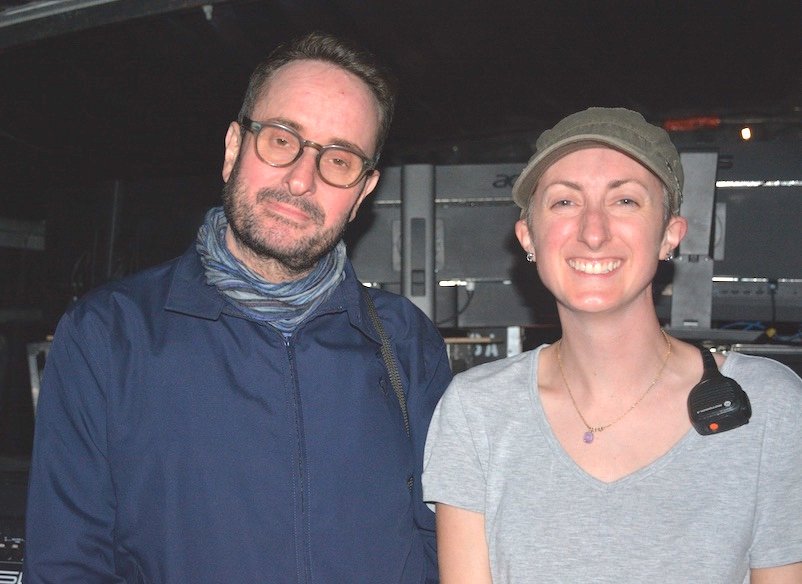
Rob Sinclair, Creative Director and LD, and Ali Pike, Associate LD.
“We try get the same levels from the same angles from the same lights – the flipside of that is really consistent cameras and we run everything through Notch for the very finest smoothing so we get rid of the harshness of the LED wall in all of her pictures.”
The tour carried five Robe Robospots described by Rob as great and working really well. He placed four at the FOH tower as they’re bright enough and narrow enough to be able to do that plus one upstage centre.
“I love the system especially the level of control I get over it,” said Ali Pike, Associate LD.
“I still occasionally in my head call spots the old fashioned way though! When you’re using different spot operators every day, it means a lot less stress involved getting it right because they really only have to point at person and I do the rest.”
disguise 4x4pro media servers were toured to drive the massive LED screens and facilitate real-time Notch VFX. All IMAG was treated with Notch in order to ensure that that Kylie looked her best on the screens at all times with Notch used for some slight skin smoothing as well as more creative VFX.
“disguise’s tight Notch integration was a key element throughout the show,” remarked Rob. “The live feed was even more important than usual on this show as the screens needed to not just relay the show but also help convey the story.
“Multicam Director Blue Leach and disguise programmer Nev Bull did an amazing job using Notch to cleverly format the feed and help reinforce the 70s theme with appropriate filters and effects.”
Due to the nature of the show, with different chapters and styles, flexibility in the lighting design was important. Fixture wise, the rig was fairly similar to the European gigs although a few Martin MAC AirFX were swapped for MAC Profiles due to fixture availability. The runway had been lost, and consequently the lights above it, plus the oval truss above the stage had become a straight truss due to rigging constrictions at the outdoor gigs.
There were three straight trusses housing MAC Vipers whilst upstage there was a row of MAC Vipers plus rows on the floor down either side of the stage. Two square scaff frames held four Robe BMFLs per side as flown side light. MAC Aura XBs were used extensively around the set and truss ladders held GLP JDC1s.
A feature was the custom-made wireless, battery-powered mirrorball that doesn’t need cabling running to it – Ali just had to remember to charge it every day! Claypaky Sharpys on the front truss were an essential addition for the mirrorball.
Ali has worked with Rob many times, although previously he has been the lighting designer and she has programmed and operated the show for him. However on this show as he is looking after all visual elements she was left to her own devices a bit more.
“The show is almost all timecoded which gives us the ability to add a better level of detail,” said Ali.
“I could never run live during the show the amount of stuff that we have in there. I got Christian, our keyboard player, to sit at the MA2 during rehearsals and I recorded him playing his part as buttons on the MA2. So what you see out there is what he played directly into the console and we recorded and played back via timecode.”
Ali manually loads all songs and ends all songs so any moments where it feels like it needs to hold a little longer can be controlled. She also controlled all of the transitional looks but once a song is up and running, it’s all timecoded.
- Photo: Jasin Boland
- Photo: Jasin Boland
- Photo: Jasin Boland
- Photo: Jasin Boland
- Photo: Jasin Boland
- Photo: Jasin Boland
- Photo: Jasin Boland
- Photo: Jasin Boland
- Photo: Andrew Whitton
- Photo: Andrew Whitton
- Photo: Andrew Whitton
- Photo: Andrew Whitton
- Photo: Andrew Whitton
- Photo: Andrew Whitton
CX Magazine – May 2019
CX Magazine is Australia and New Zealand’s only publication dedicated to entertainment technology news and issues – available in print and online. Read all editions for free or search our archive www.cxnetwork.com.au
© CX Media
Lead image photo by Jasin Boland
Subscribe
Published monthly since 1991, our famous AV industry magazine is free for download or pay for print. Subscribers also receive CX News, our free weekly email with the latest industry news and jobs.


